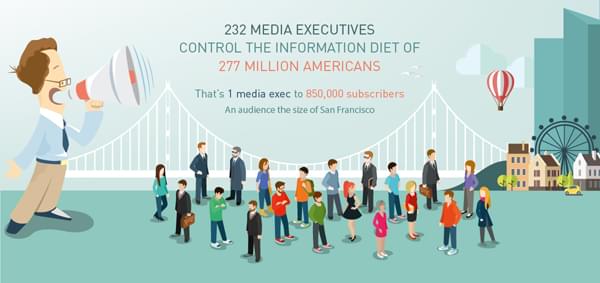
Tervetuloa ‘Everywhere Working’
Yli 40% vastanneista työskentelee kotona yli 4 tuntia viikossa, 20% toimistossa ja 30% matkustaessa – kussakin tapauksessa yli puolet työpäivästä. Lisäksi 30% käyttää kahviloita työpisteenä viikon aikana.
Mutta perustoimisto on edelleen olemassa - yli 50% tekee yhä 80% työstään keskeisellä paikalla. Mutta toimistoista on tullut erilaisia, yksilöity brändin persoonallisuudeen ja arvon mukaisesti. Toimistojen tulee olla houkuttelevia kohteita – paikkoja, joihin henkilöt haluavat mennä – ei ainoastaan täydy mennä.
Lue new White Paper ja saat lisätietoa.
Staying Powered Up
- 60% of business people totally run out of battery power at least once a month, and also 60% have to restrict their phone usage at some stage each month to conserve power. What about you?
The changing workplace
- The worker going to work is evolving to work coming to the worker.
- The end of the century saw the evolution of ‘hot desking’ as a familiar concept. But at that time, the technology wasn’t available to make it more than an internal ‘timeshare’ model whose primary benefit was to save space.
- With more and more people working remotely – from home, from customers’ premises or ad hoc on the road, as freelancers, or for themselves – the role of the traditional office will change. Having been originally designed for isolated, desk bound individual workers, the new era of smart working will see smart offices to cater for them
(Image source: 'The End of Sitting’ By RAAAF)
The Changing Company
- Some 90% of the media that Americans consume is in the control of just 6 organisations – GE, News-Corp, Disney, Viacom, Time Warner, and CBS. In 1983 it was 50 companies – and we are likely to see similar convergence in the rest of the world as digital and social media operate increasingly globally.
- In its 2013 report, “The Burdens of the Past” Deloitte notes that the average life expectancy of a Fortune 500 company has declined from around 75 years in the 1960s to less than 15 years today. Buyouts and mergers are partially responsible – but so are built-in complacency and inertia, leading to a failure to adapt to new circumstances in an accelerating world.